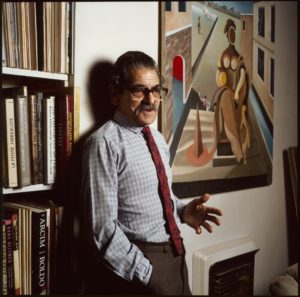
1912 - 2005
Conroy Maddox
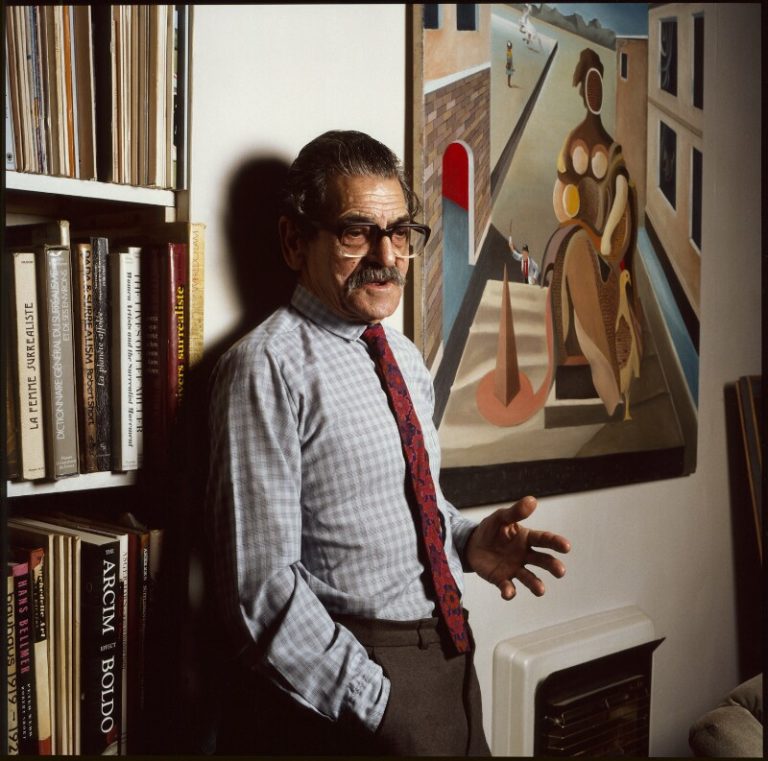
description
An English artist, a bright and distinctive representative of Surrealism, who worked extensively in collage techniques. Conroy Maddox was also a talented writer and teacher.
In 1935, together with writer and artist John Melville, he founded the group of Birmingham Surrealist artists separate from the London association. They were unsatisfied with the 1936 London International Surrealist Exhibition and did not take part in it. The Birmingham surrealist movement of C. Maddox continued to work independently from other representatives of this movement, in particular, from the capital’s significant movement “Unit One”, until the mid-1950s, having a significant impact on a whole pleiad of young British avant-garde artists.
Maddox worked more than sixty years, remaining a loyal supporter of Surrealism, while many other artists used the style of this movement only a few years to join other art movements later.
The artist wrote, “Surrealism is a difficult glance at reality, but it offers a way out of the type of society in which we live. Society will change one day, and we will run away from our incessant monotony, from a life where we cannot connect our dreams with reality.” In general, the definition given by Rene Magritte perfectly fits the work of Conroy Maddox: “Surrealism is a reality freed from banal meanings”.
Key ideas:
– Conroy Maddox, recognized as one of the main representatives of British Surrealism, discovered this style for himself in the mid-1930s and remained faithful to it, unlike other artists, until the end of his long (over 60 years) and very productive creative career. He did not attend art schools and did not have formal training; in fact, he was self-taught, spent many days in libraries, leafing through books about contemporary art, visiting galleries and studying works of art at exhibitions.
– Criticizing such London Surrealists as Paul Nash and Roland Penrose, the Birmingham innovator paid more attention to the original surreal collages and interior paintings in the style of G. de Chirico.
– In addition to the paintings and ideas of Italian artist Chirico, Maddox highly appreciated the art of Rene Magritte from Belgium. In the works of the British creator, the frequent key element of the image was hats – a distinctive detail of many of Rene’s paintings.
– Quite early, from the late 1930s, and in parallel with figurative painting, Conroy Maddox started using abstract forms. In such works, he usually used a brighter palette; he left a lot of free space in the paintings – locally colored background not speaking about anything but the mood of the color itself.
– A distinctive feature of the art of Conroy Meddox is puzzling combinations of strange devices (such as steam engines) and utilitarian everyday objects in one painting.
– Another characteristic feature of the paintings and collages of the Birmingen Surrealist is his love for the “extraordinary” open perspective. Many of his interior Surrealist paintings have no enclosed space.
1905
1935
1936
1938
1940
1945
1949
1955
1963
1978
1982
2001
2005
The artist was born
The Birmingham surrealist group was born
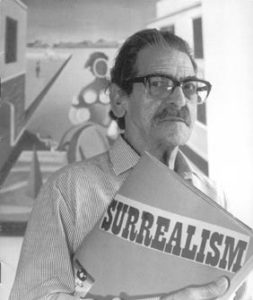
He met Andre Breton, Max Ernst and Salvador Dali
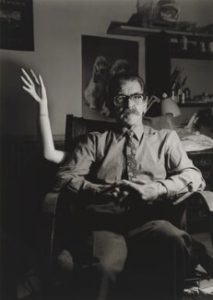
Exhibited his paintings at the Wertheim Gallery in London

«The Strange Country»
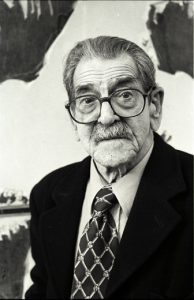
The exhibition was held at the Leicester galleries in London
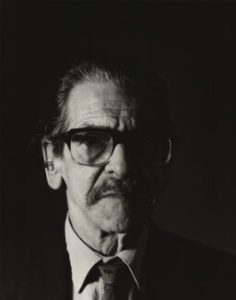
The group exhibition sessions for artists of an informal association

He moved to the Willesden Green

The first personal exhibition

“Surrealism without Limits”

«Peinture Surrealiste en Angleterre 1930-1960»

The retrospective exhibition "Surrealist Odyssey"

The death

